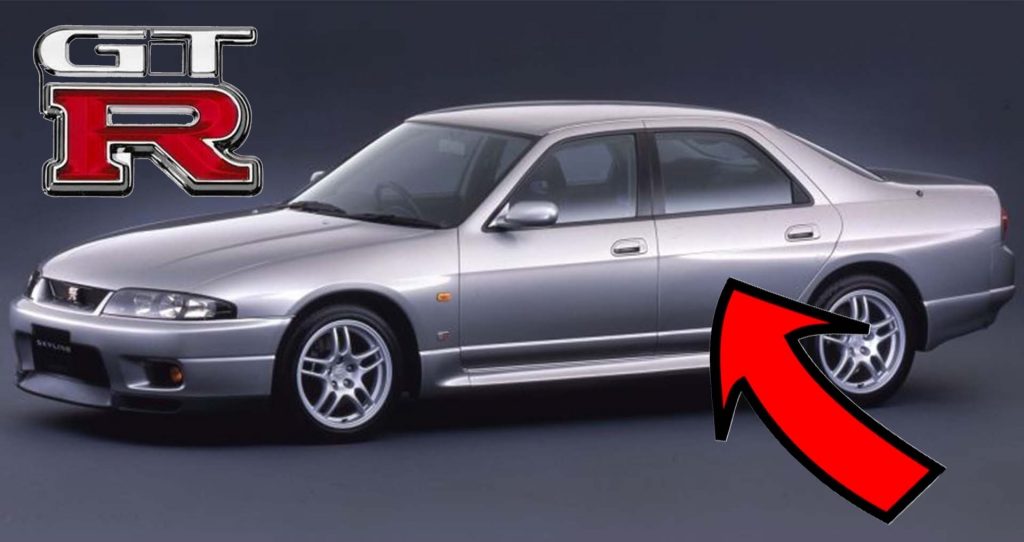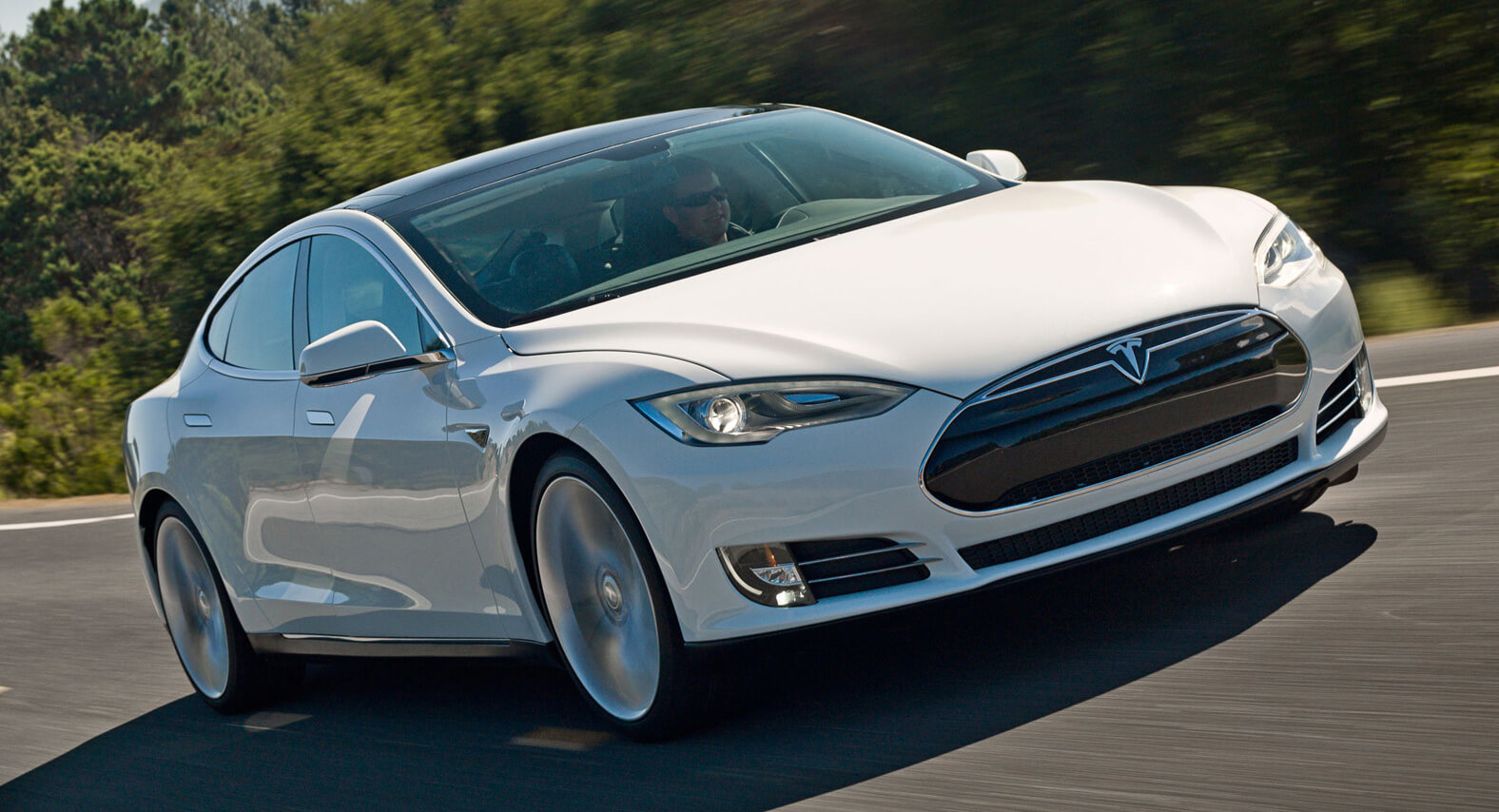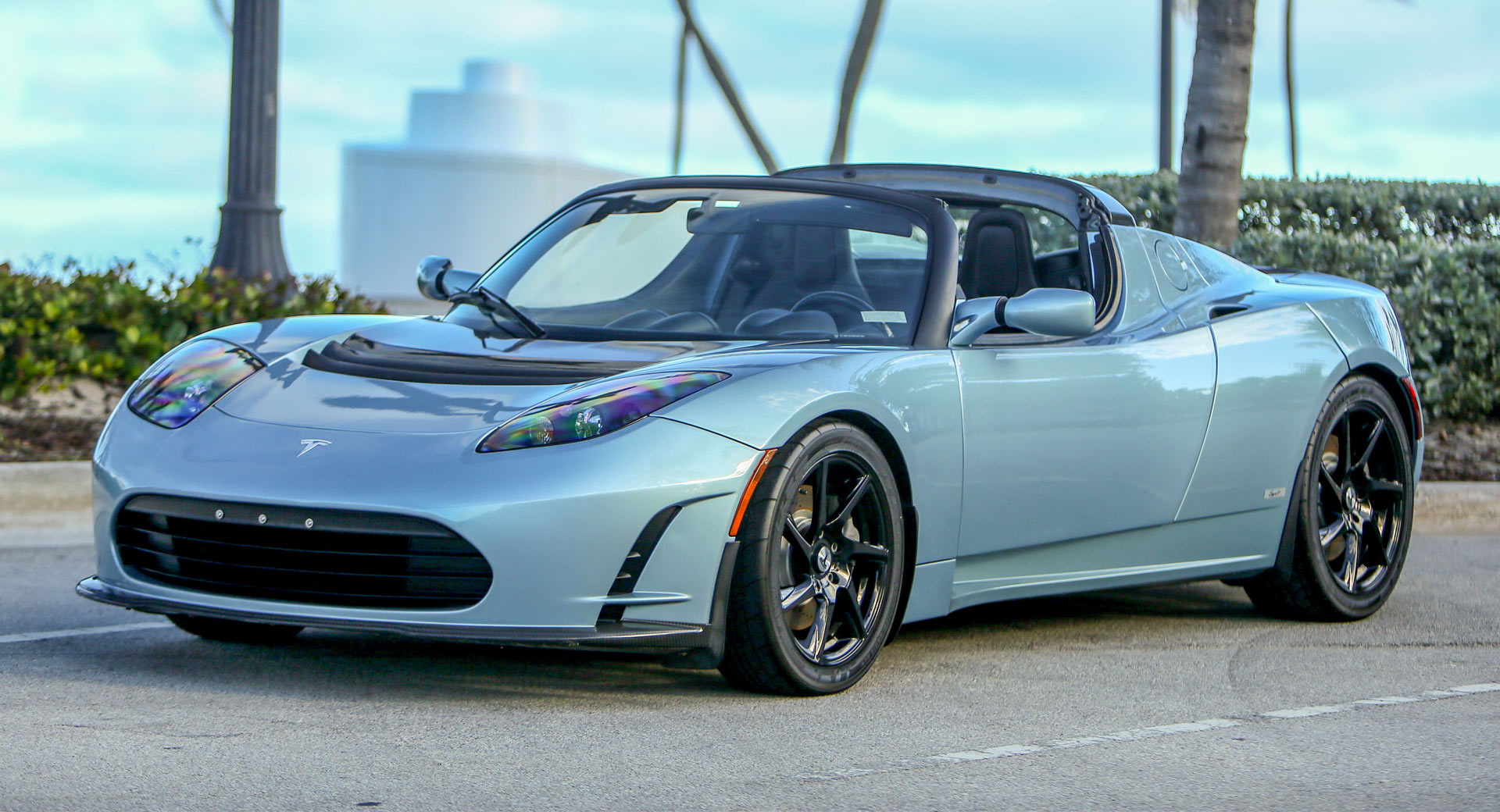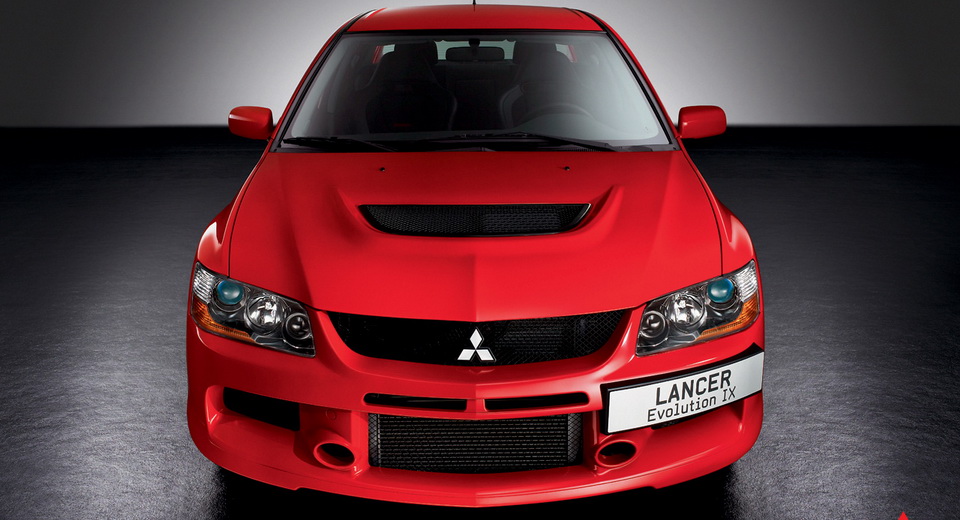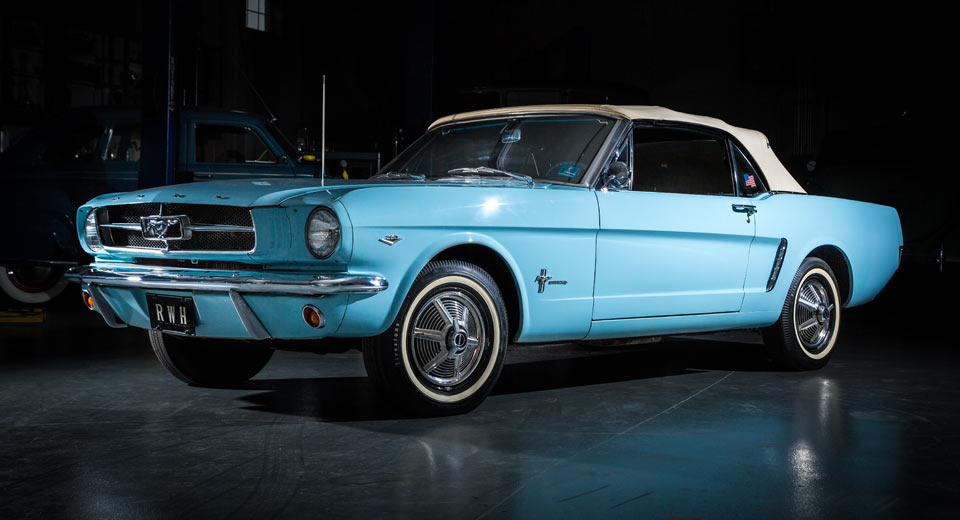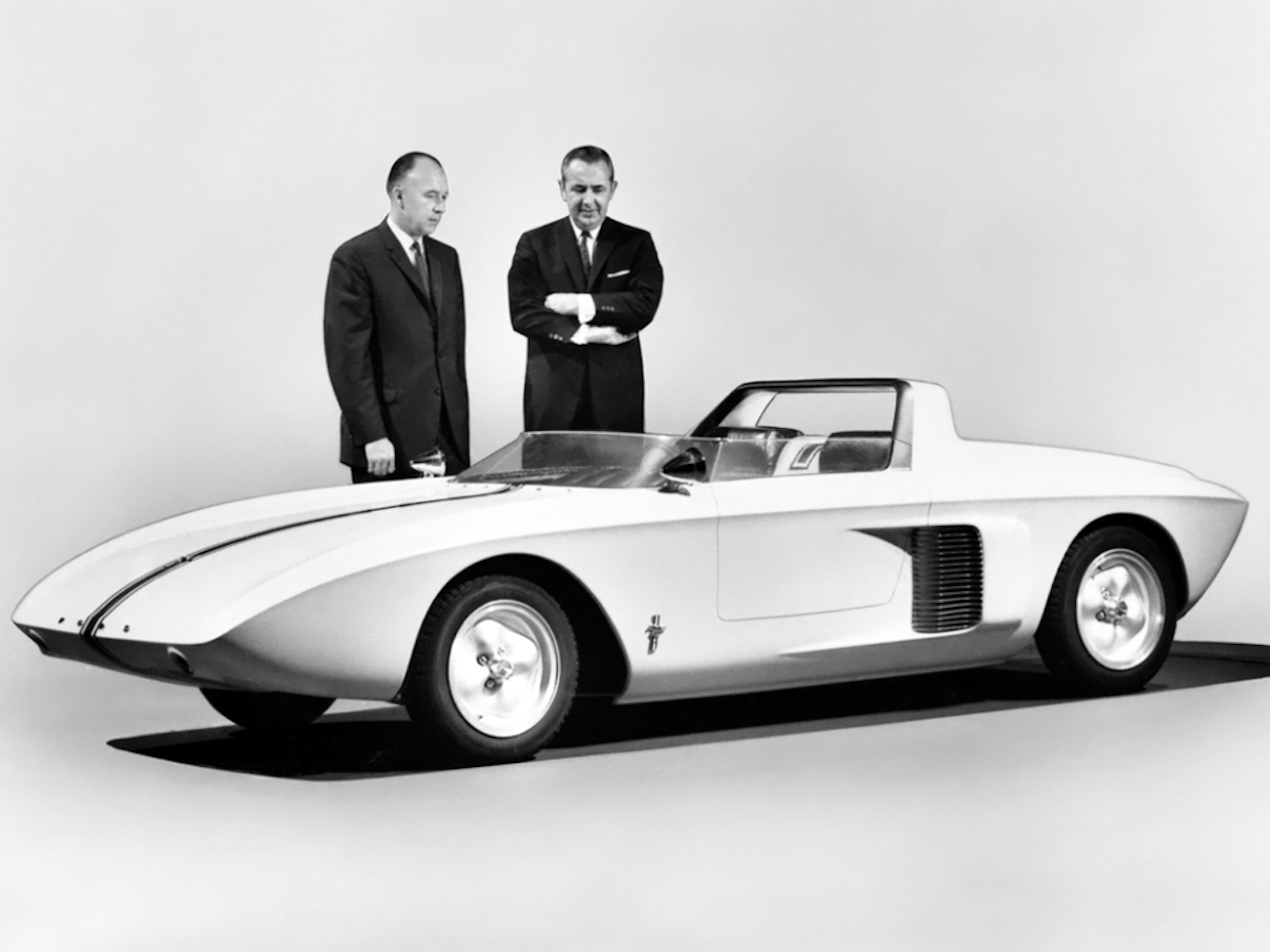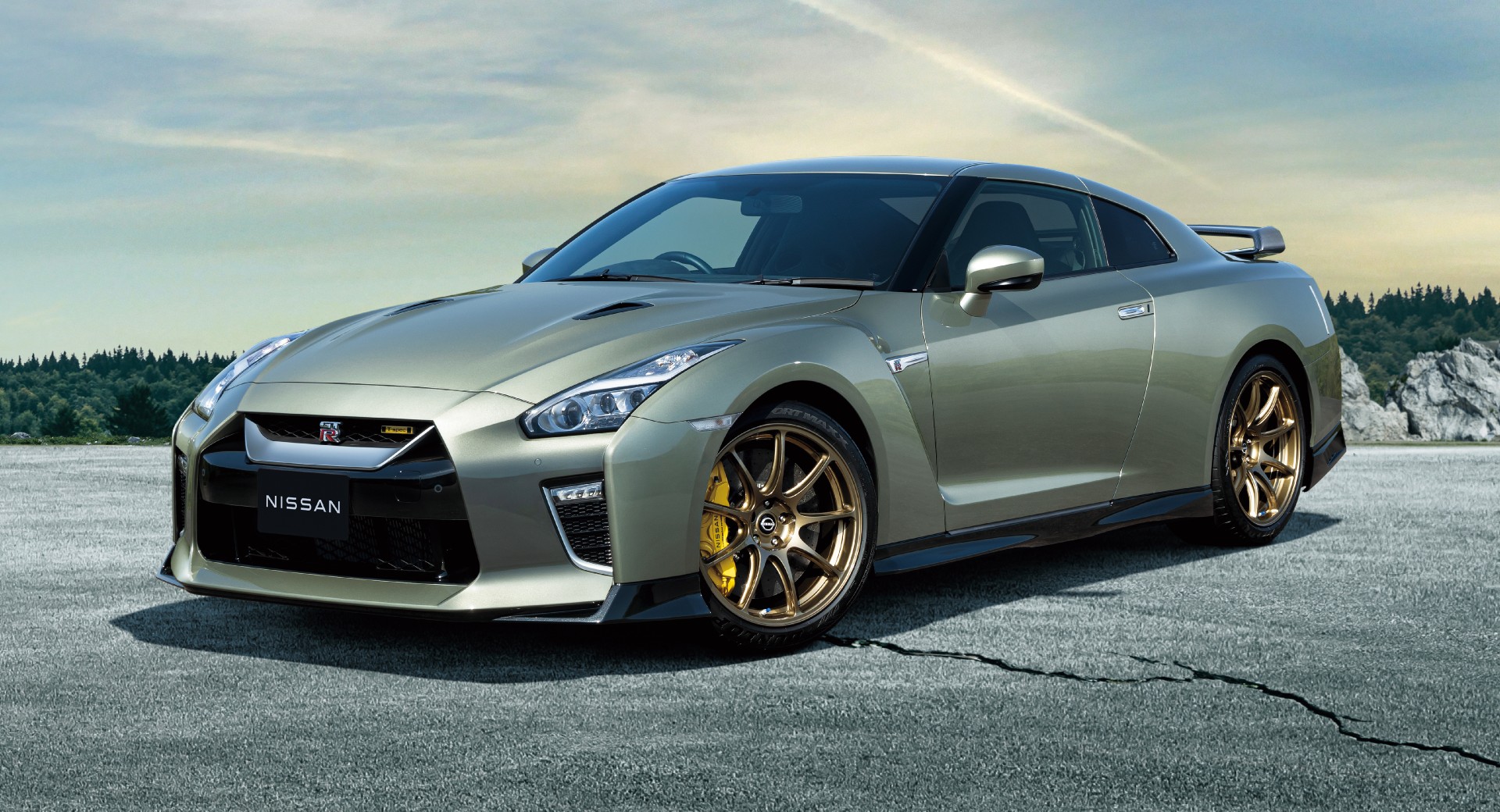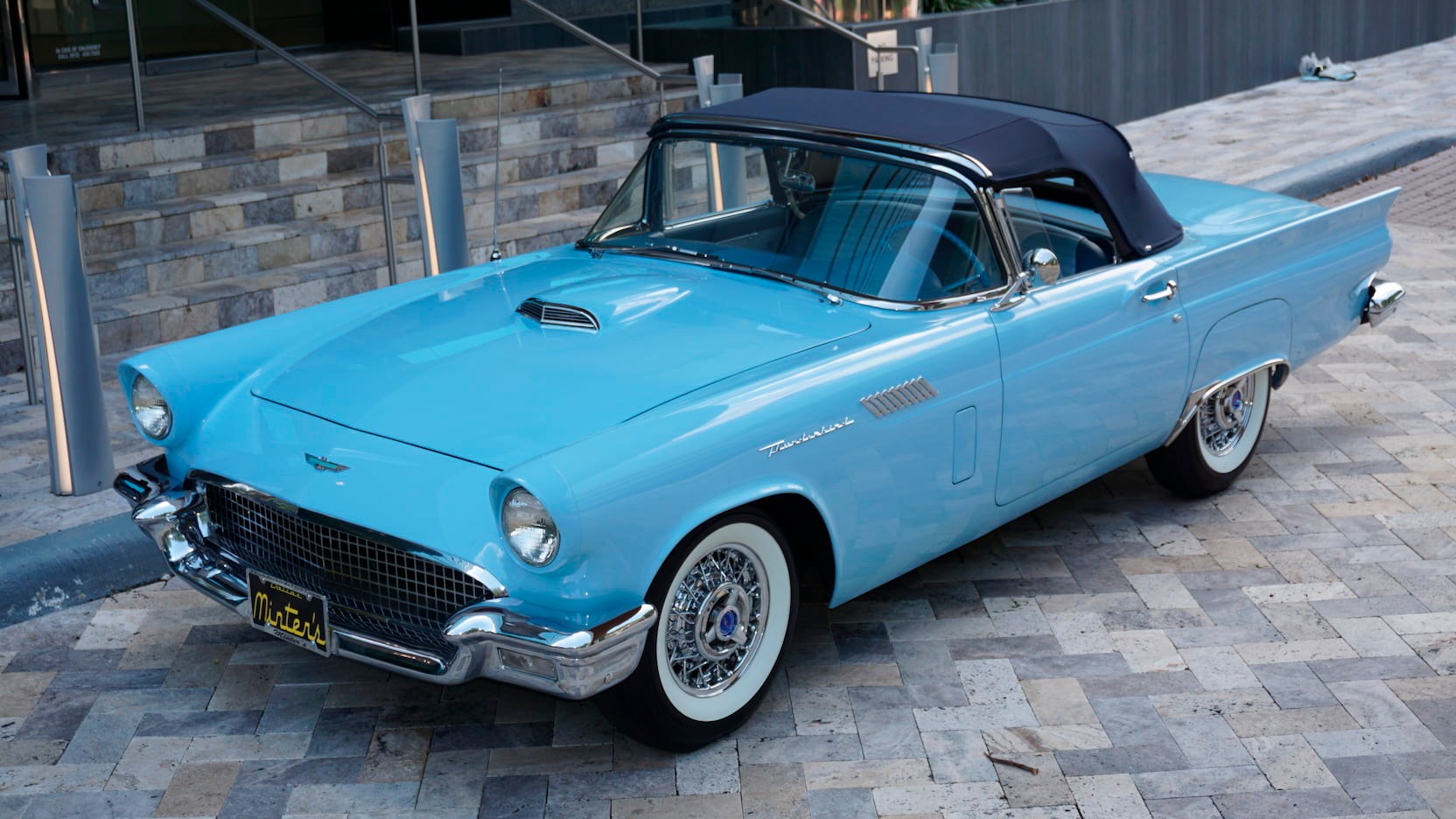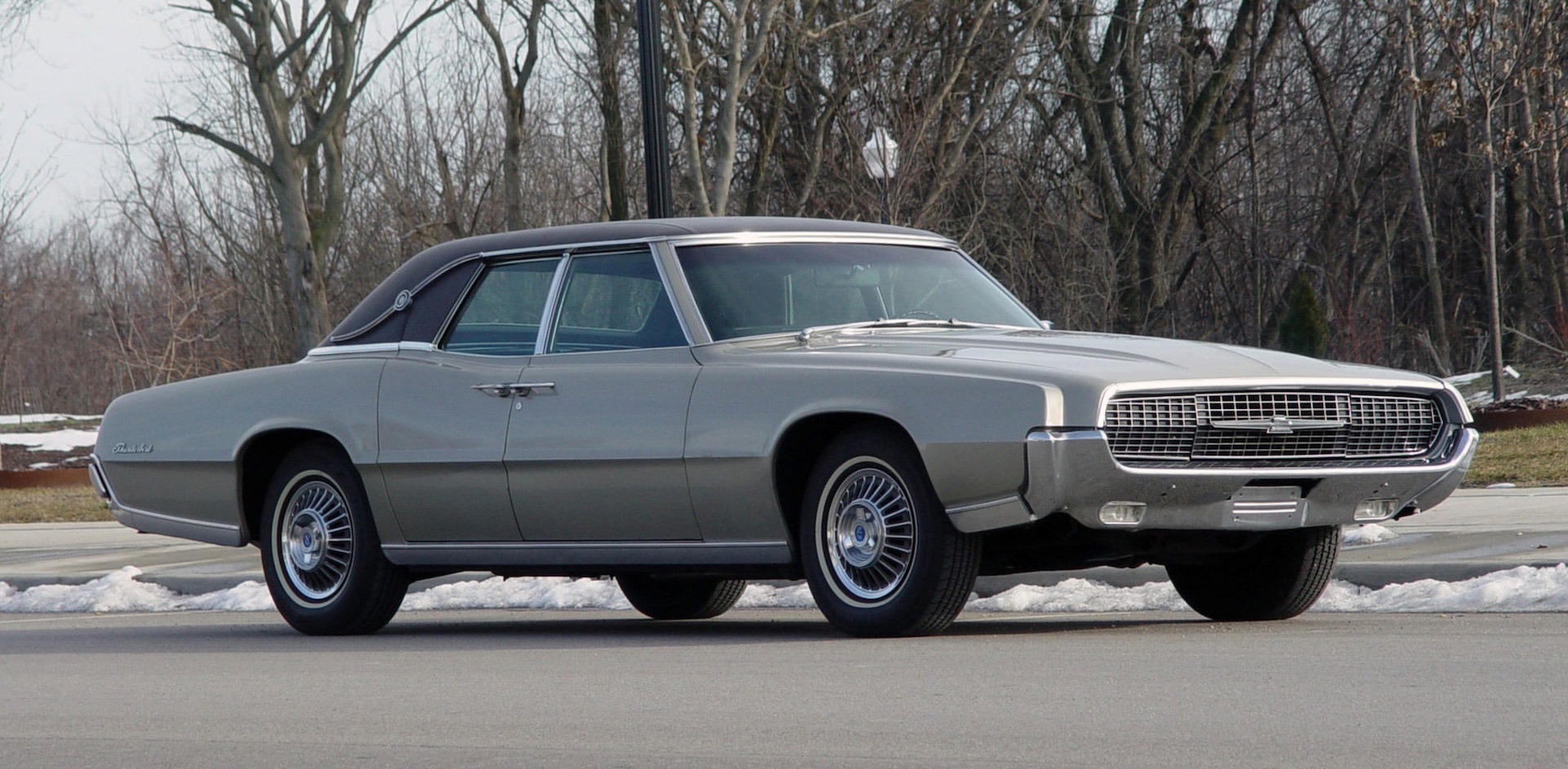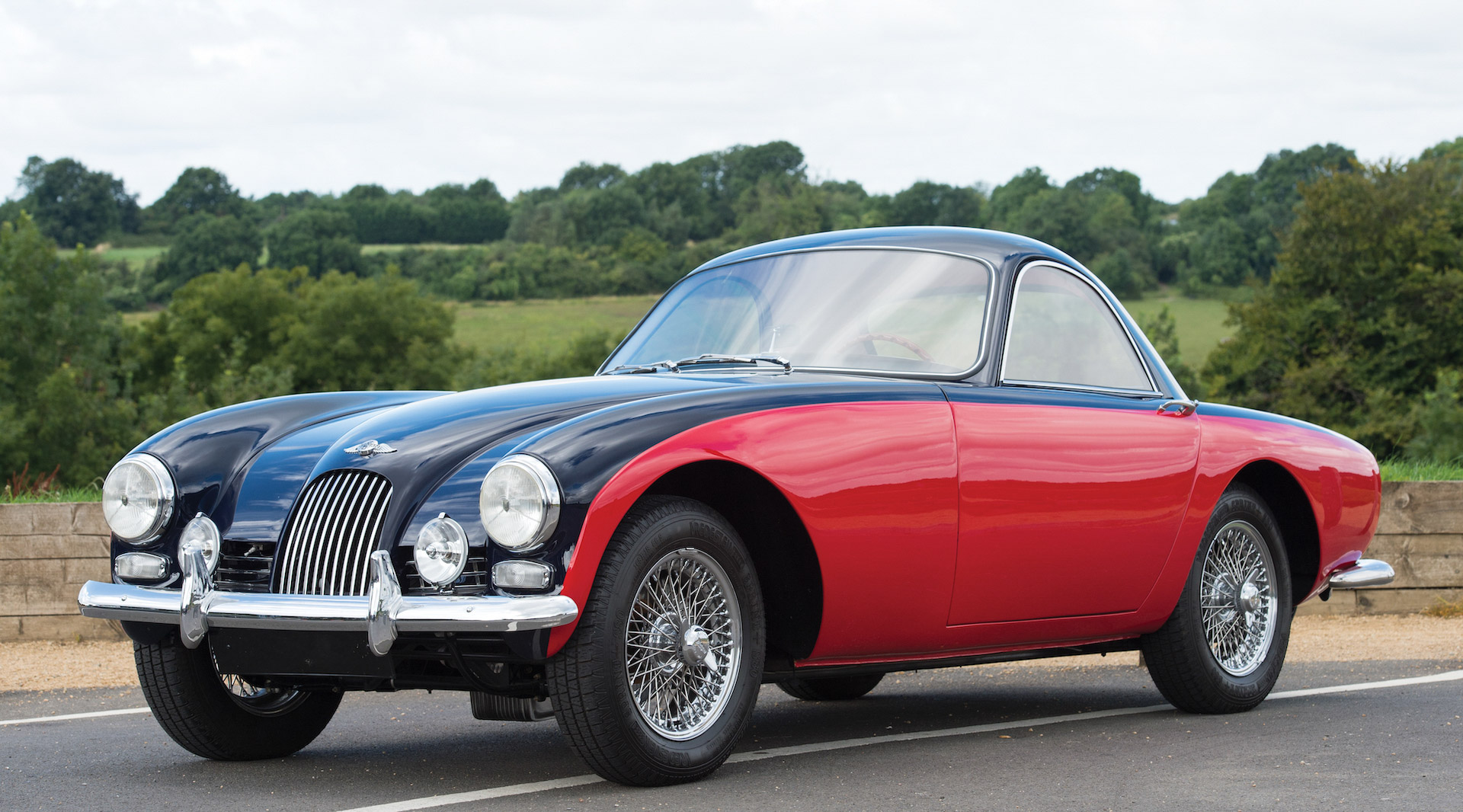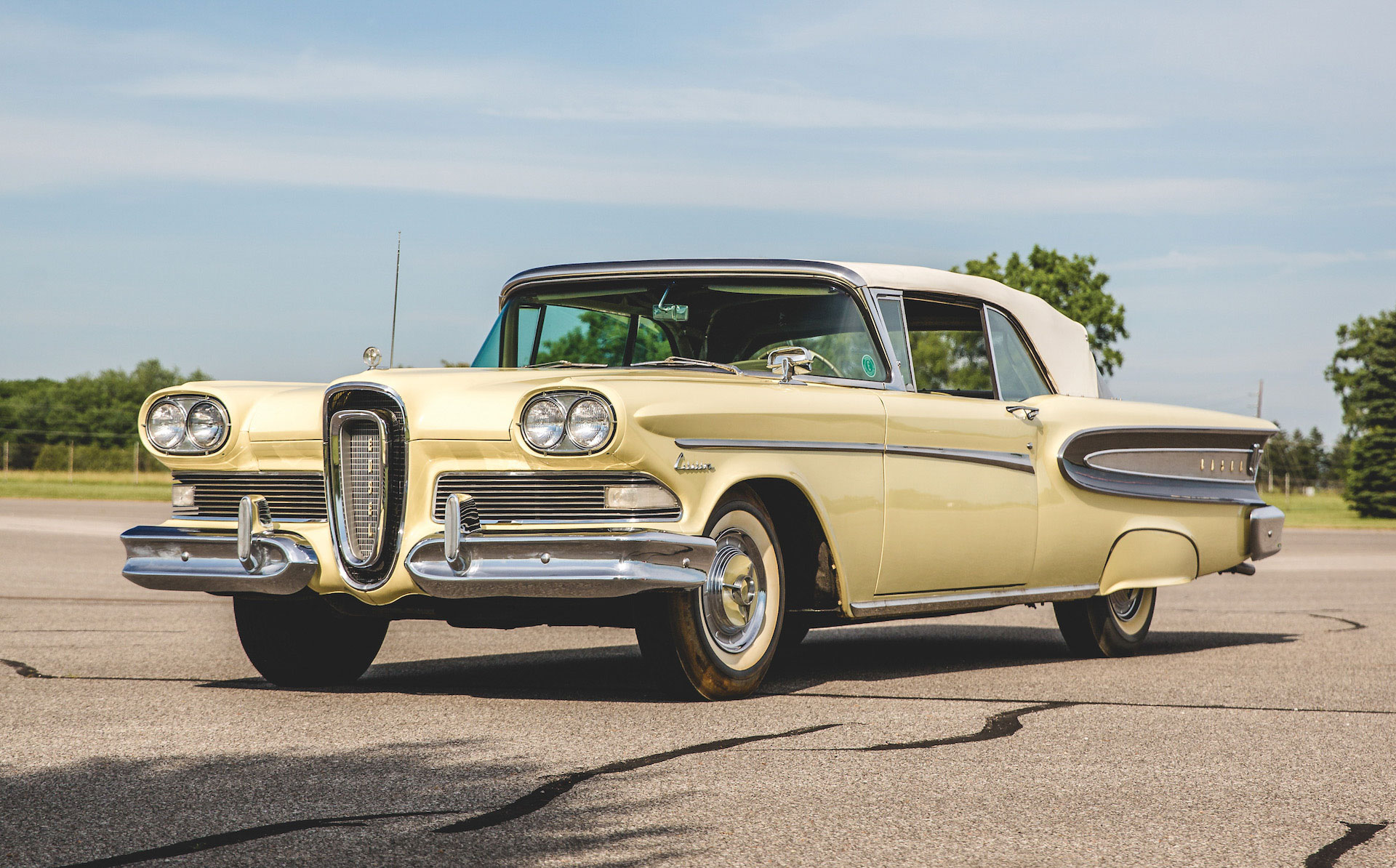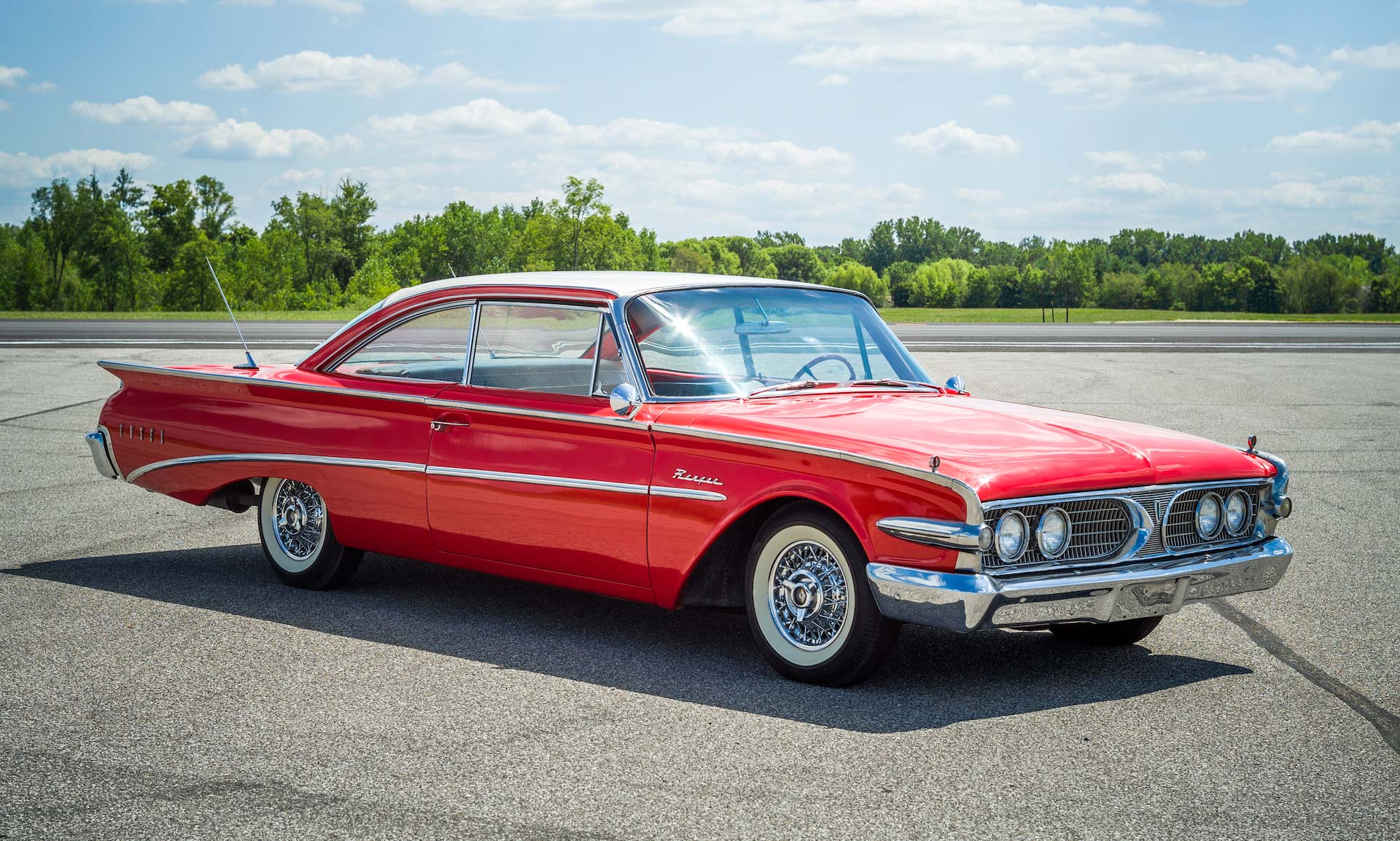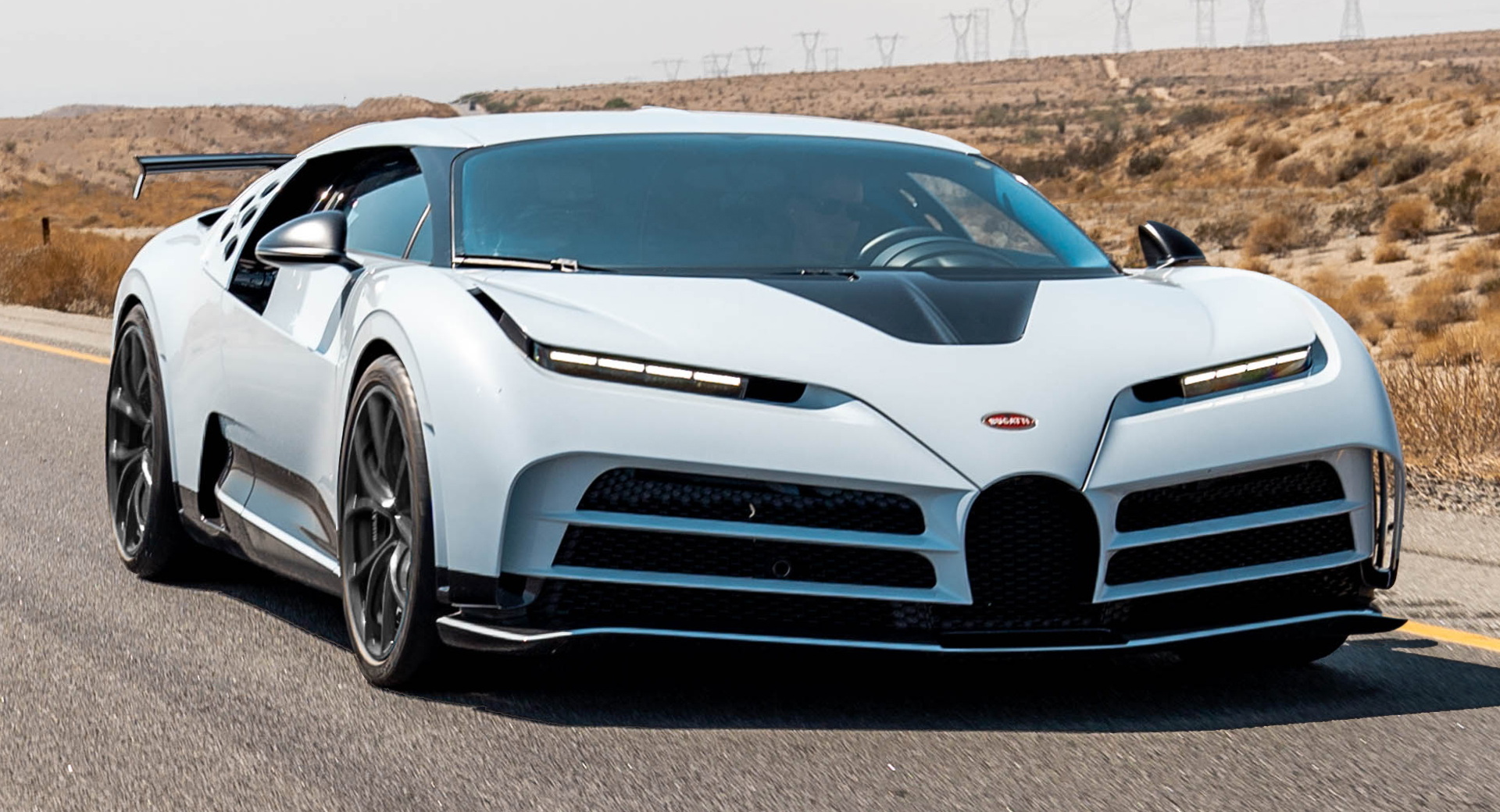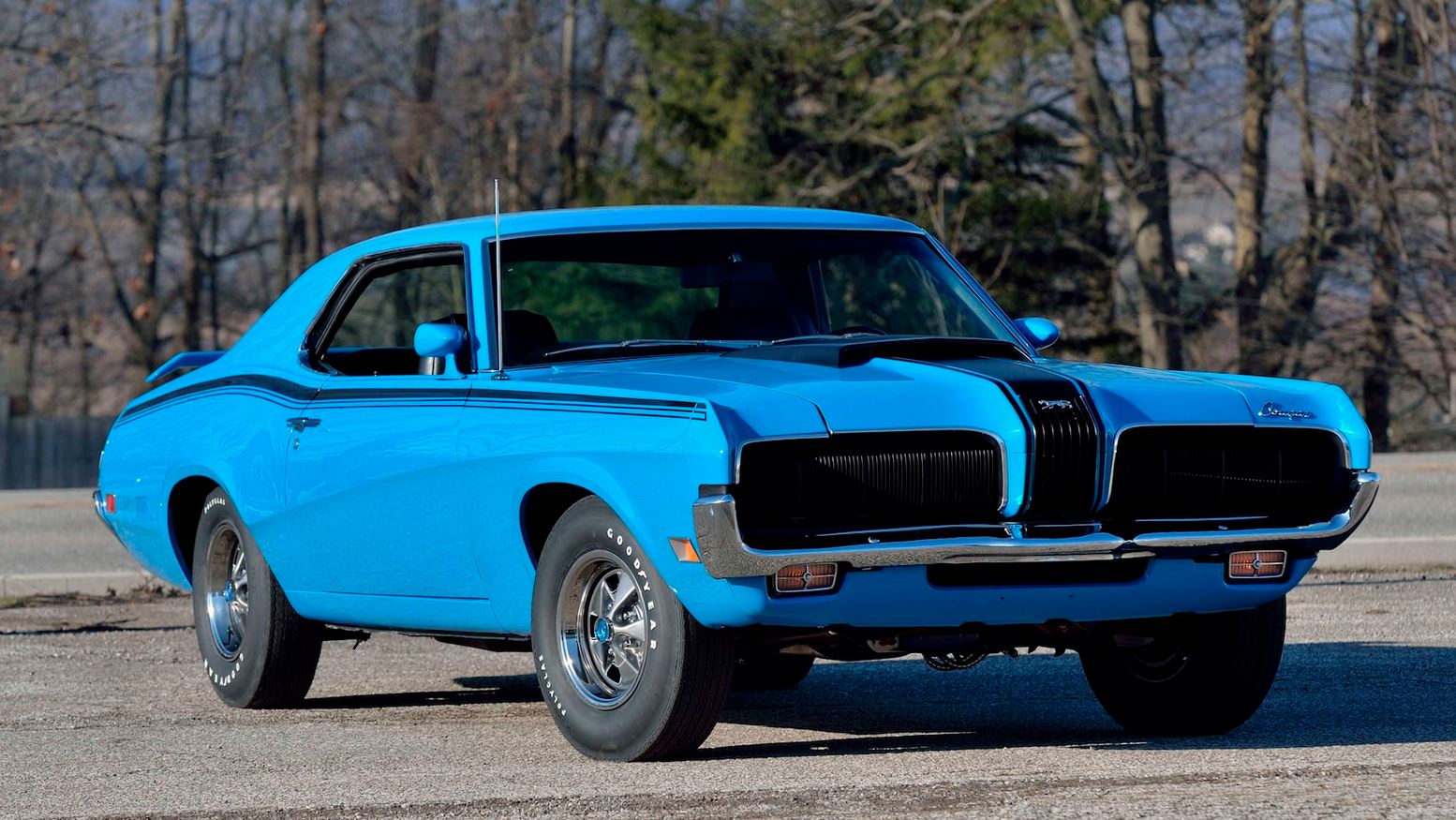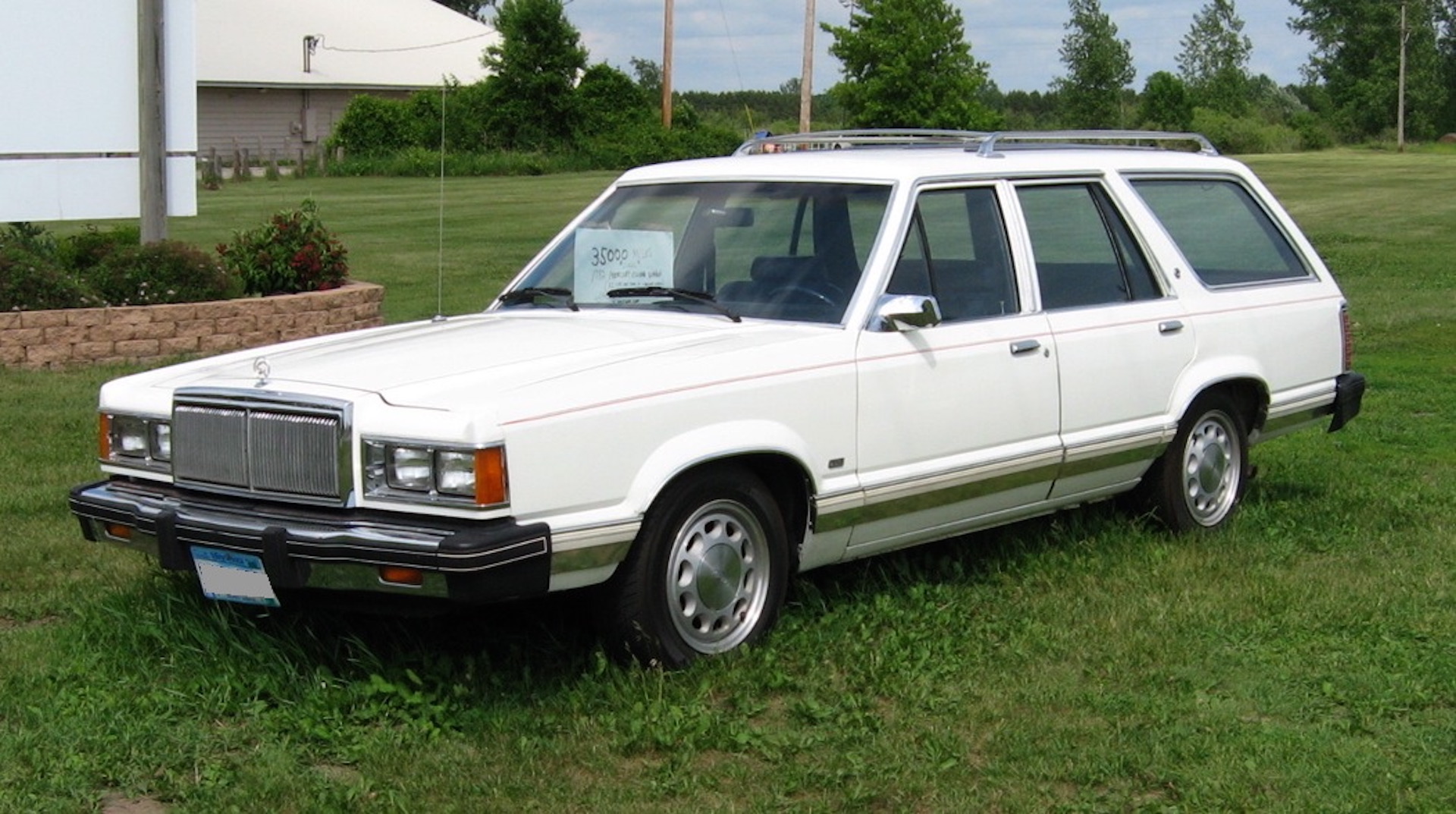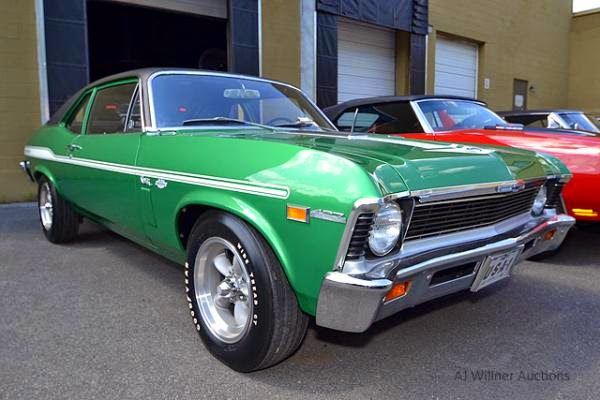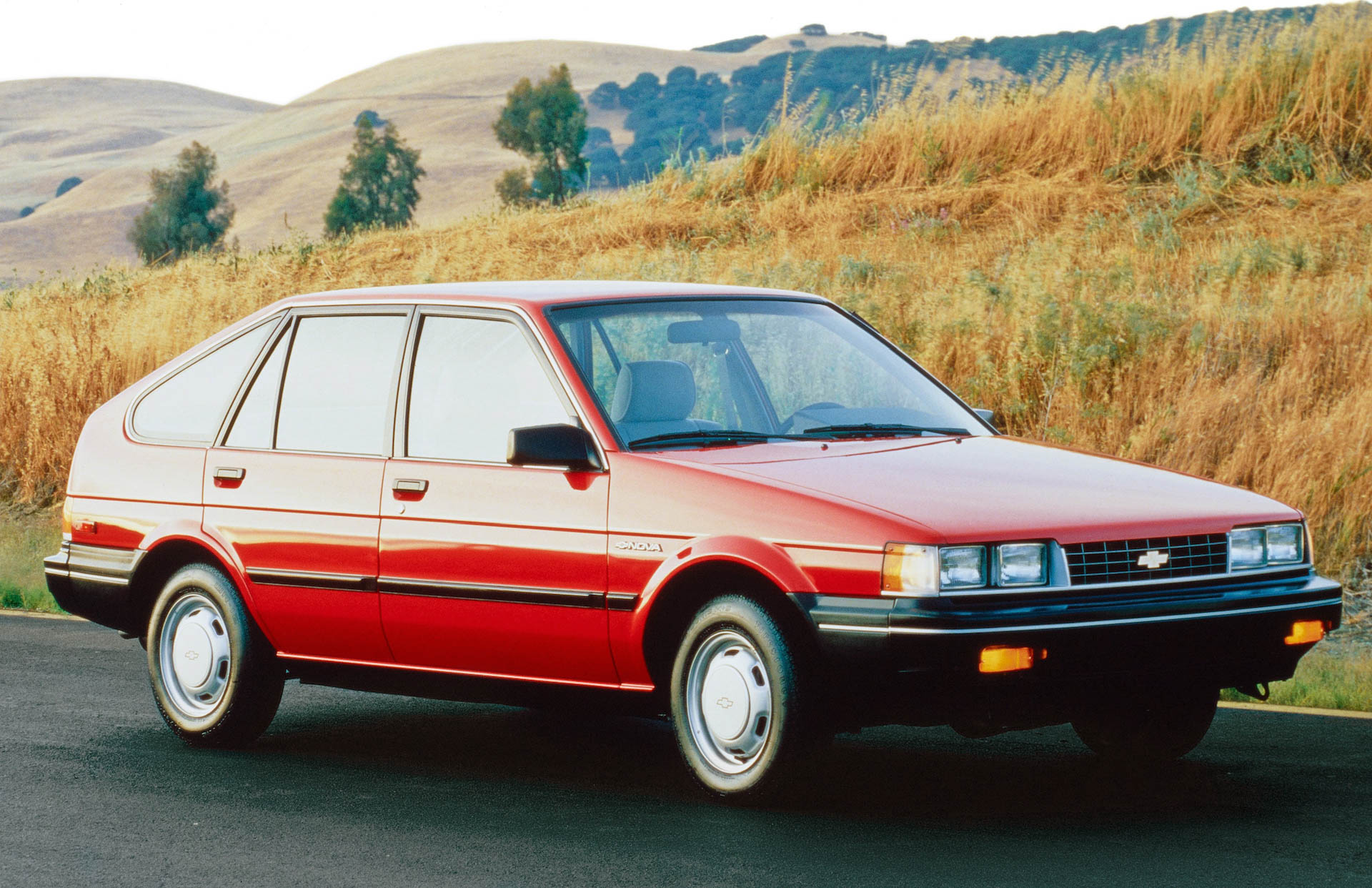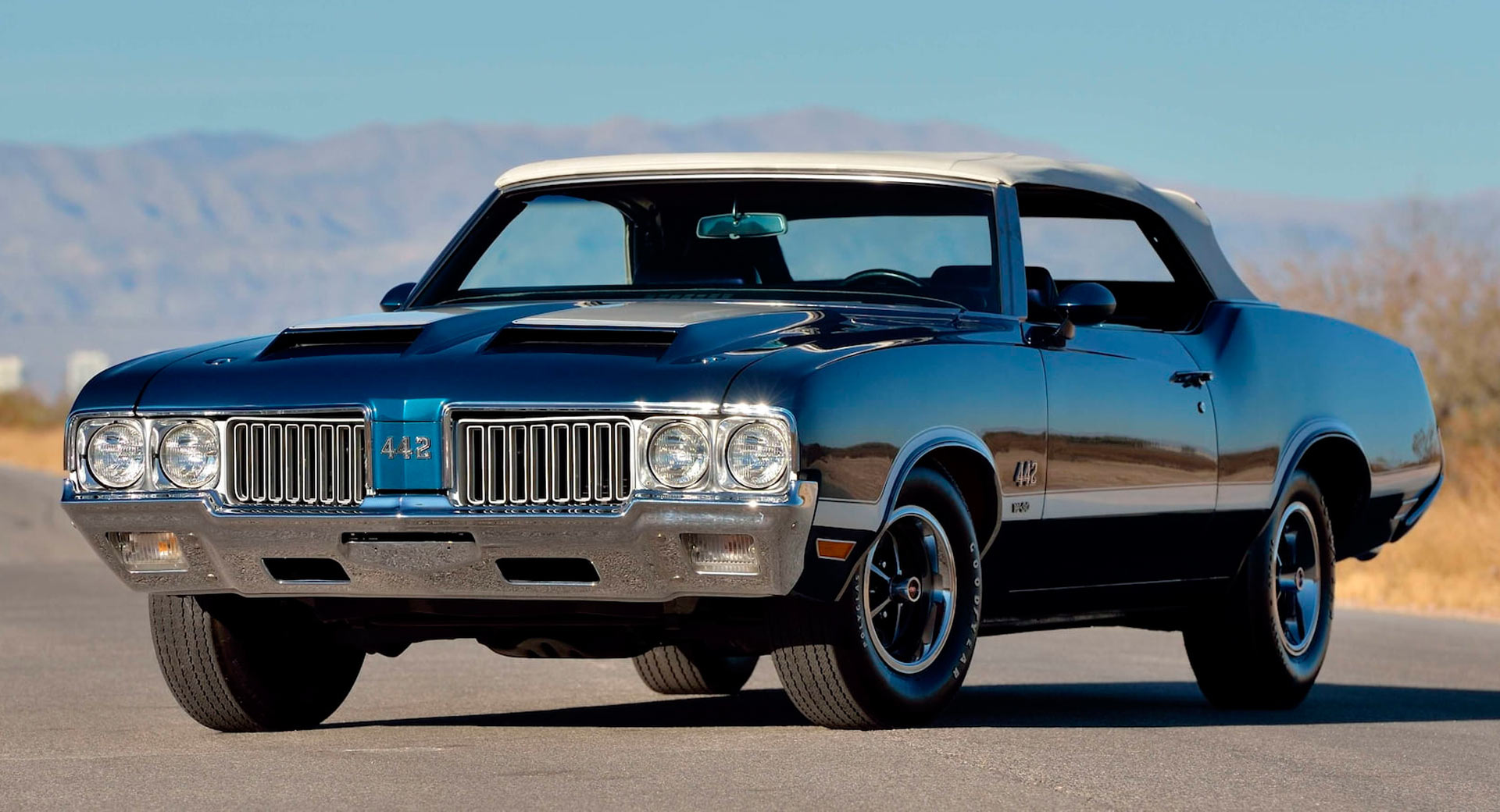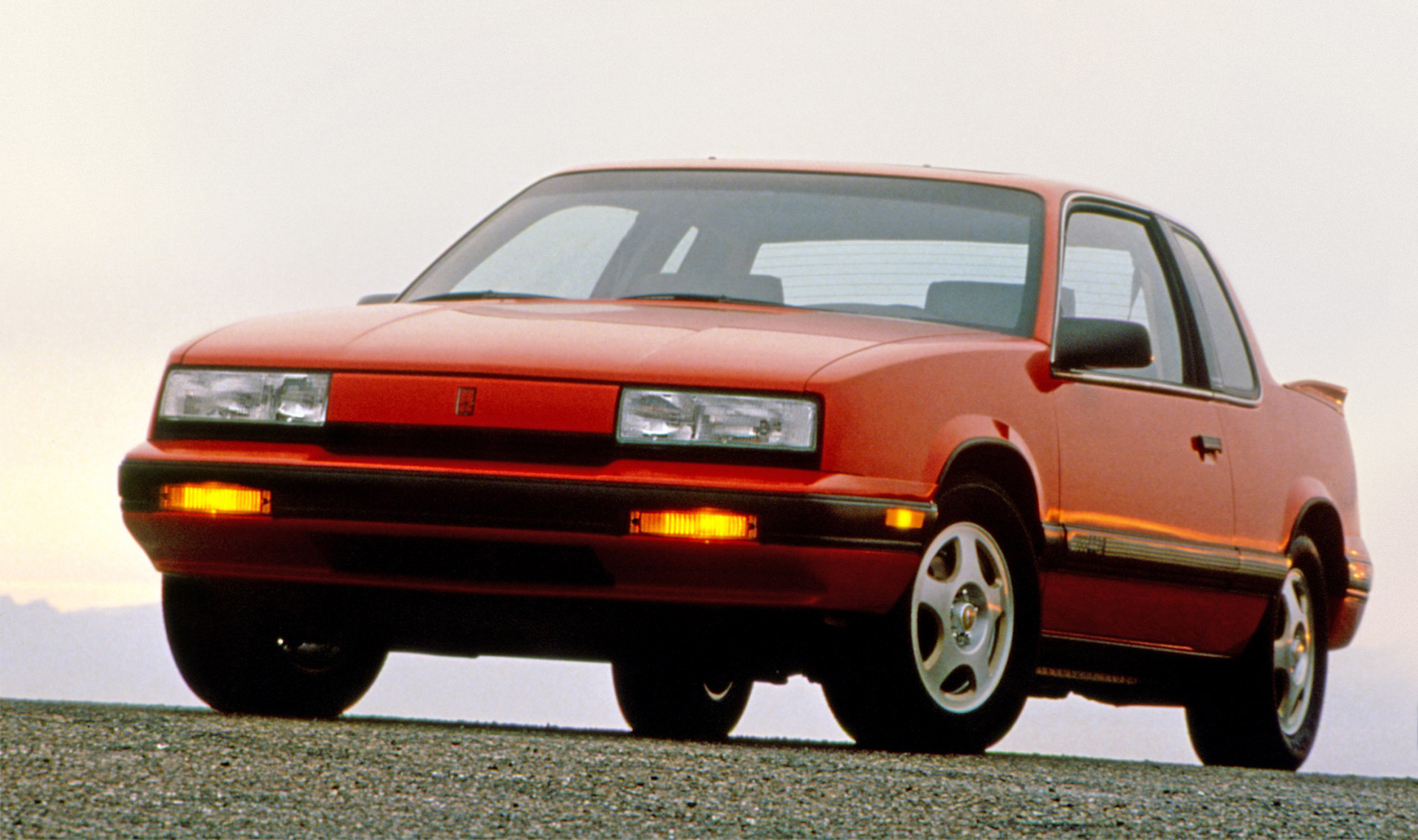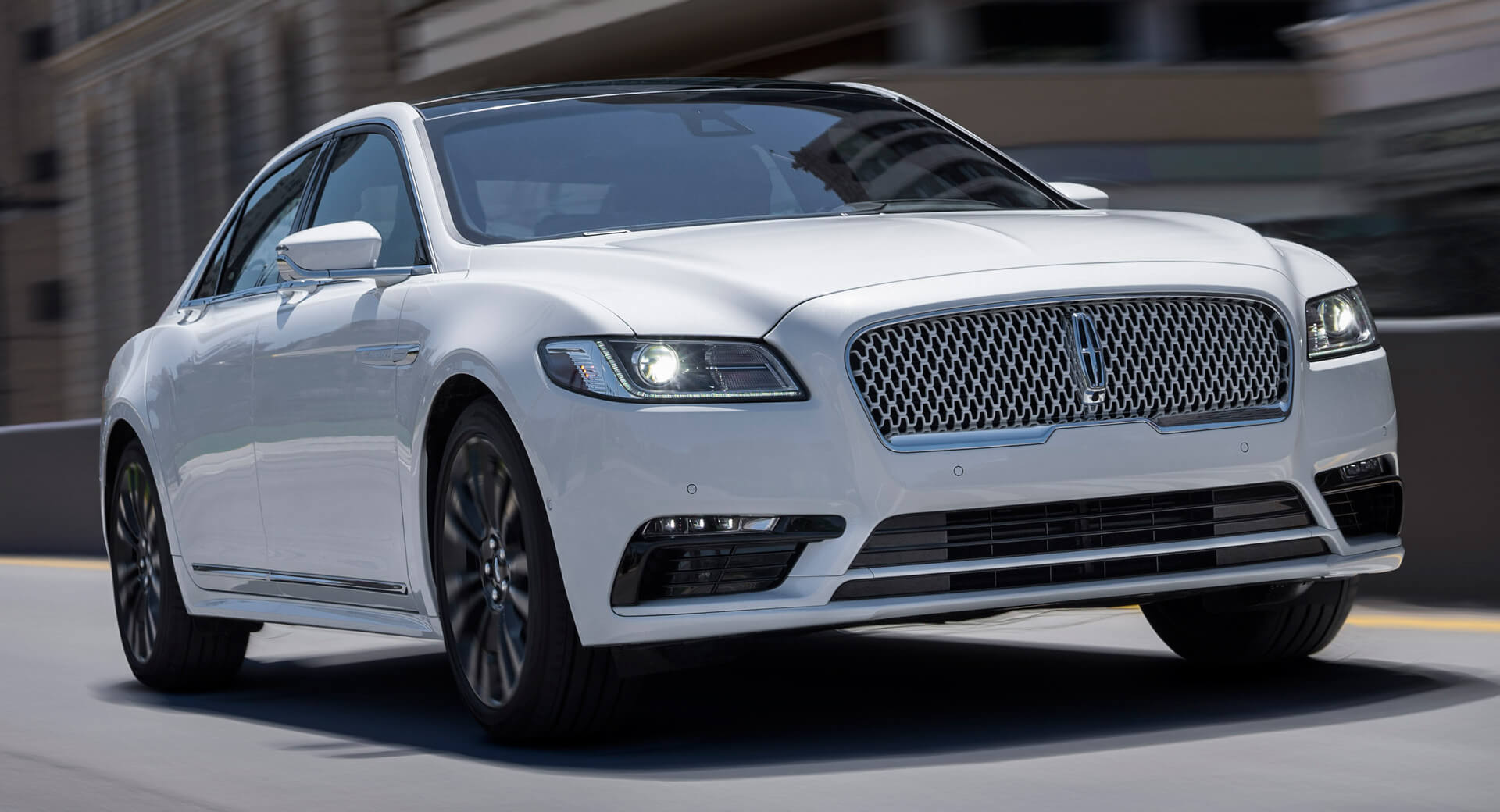Even among cars or entire brands that have been around for decades, it’s not unusual for one particular vehicle to hog the limelight, casting a long shadow over the vehicles that came before and after.
Sometimes those overshadowed cars are justly forgotten, but other times they’re worth remembering because they were technically interesting, sold in huge numbers, or simply because they’re so terrible compared with the ones we care to recall. We’ve got some of each in this collection of 15 forgotten incarnations of iconic cars.
1. Dodge Charger
https://youtu.be/1kEKbfWRhK4
Two eras of Dodge Charger dominate the model’s history: the ’68-’70 shaped immortalized on celluloid in Bullitt and The Dukes Of Hazzard, and the modern generation with their even more steroidal available Hellcat motors.
Related: This Plymouth Superbird Replica Is Powered By A Mighty Hellcat Engine
But Dodge’s first Charger coupe was the 1966-67 fastback and the model continued right through to 1978 before disappearing from showrooms for four years, only to return as a front-wheel drive subcompact hatchback in 1982.
2. Tesla Roadster
The 2013 Tesla Model S radically changed public perception of electric vehicles and set down a template that the brand would resize and recycle for the Model X, Model Y and Model 3.
But our first taste of Tesla came in the very different form of a heavily modified Lotus Elise built between 2008-12. Quick forgotten when Tesla started building ‘real’ cars, the Roadster hit the headlines again when it was fired into space in 2018, and the nameplate is scheduled for a comeback in 2023.
3. Mitsubishi Lancer EX2000 Turbo
Modern rally fans know the Lancer best as the turbocharged four-wheel drive Evo sedan that traded blows with its Subaru Impreza arch rival in WRC. However, the Lancer badge can be traced back to 1973, and most Lancers throughout the model’s 44-year run were distinctly unsporty family cars.
Most, but not all. The 1600 GSR was a hugely successful rally start in Africa and Australia in the 1970s, and the (still rear-wheel drive) second generation Lancer EX2000 Turbo got an early forced induction version of the 4G63 motor that would make as much as 400 hp in later Evo models.
4. Ford Mustang I
The 1964 1/2 Mustang was a triumph of style and marketing wizardry over substance. Underneath the slick bodywork it was essentially a Ford Falcon, a totally traditional front-engined, rear-wheel drive small sedan.
But for a moment it looked as if the Mustang might turn out to be something far more radical. In 1962 Ford showed the Mustang I concept, a mid-engined roadster with pop-up lights and a V4 mounted behind its two seats.
5. McLaren M6GT
Although the McLaren name has been familiar to racing fans for over 60 years, the company’s road car activities didn’t get going until the release of the seminal F1 of the 1990s, followed by the SLR, a collaboration with Mercedes, and the launch of McLaren’s own sports car range, starting with the MP4 12C in 2011.
Related: McLaren Artura Delayed Again As Chip Crisis Continues To Wreak Havoc On Production
But before his untimely death at Goodwood in 1970, Bruce McLaren had plans to produce 250 M6GTs. Those plans were shelved, but two cars were converted for road use, including Bruce’s personal prototype, powered by a 400-hp, 5.7-liter Chevy V8.
6. Nissan GT-R Sedan
The modern GT-R story starts with the 1989 R32, which cast in stone the model’s technology-focused recipe of all-wheel drive and turbocharged six-cylinder power. And while the modern GT-R might have lost the Skyline name and swapped an RB straight six for a V6, conceptually it’s not far removed.
Rewind 20 years before the R32 though, and the GT-R was a very different machine. The KPGC10 GT-R’s straight-six sucked through a trio of carbs, the rear wheels were the only ones doing the driving, and it actually started life as a four-door sedan, with the coupe arriving two years later. And that original GT-R sedan was commemorated in 1998 by the even rarer Autech R33 GT-R sedan, of which only 447 were produced.
7. Ford Thunderbird
Here’s another sedan oddity. Ford’s Thunderbird went through multiple changes over the course of its career, starting off as a two-seater, then gaining rear chairs so Ford could literally and figuratively accommodate family buyers.
But did you know that in addition to coupe and convertible models, Ford offered a T-bird sedan between 1967 and 1971? The rear doors were hinged at the back, but were also unusually short, making access slightly tricky. When the sixth-generation ’Bird arrived for 1972, a two-door hardtop was the only body style available.
8. Morgan +4+
Contrary to what the styling might suggest, the Morgan Plus Six is a pretty sophisticated machine built around a bonded aluminum chassis structure and powered by the same turbocharged B58 in-line six you’ll find in a current BMW 3-Series. But Morgan knows better than to mess with the traditional styling.
The reason it knows that is because in 1963 it tried to update its cars’ already vintage styling by introducing the +4+, a fiberglass coupe with fully enclosed bodywork. The cabin was roomier and the improved aerodynamics helped performance, but Morgan fans hated the idea and only 26 were built.
9. Edsel
More than six decades after its introduction the Edsel still ranks as one of the automotive world’s biggest flops. There were a multitude of reasons for its failure, including quality problems and buyer confusion over where it was meant to sit in the Ford hierarchy, but you’d think it likely that plenty of buyers were put off by the horse-collar grille everyone remembers from the original 1958 model.
But that grille was toned down for 1959, and gone altogether by 1960, the model’s last year on sale. Buyers barely had a chance to decide if they liked the new look though, because Ford pulled the plug on the ’60 model (seen here) after just one month of production.
10. Bugatti Type 101
Related: Meet The Guy That Tests Every New Bugatti Before It Is Delivered
We tend to think of Bugatti as having three ages. There’s the original pre-war stuff epitomized by the Type 35, Type 57 and Royale, and the modern VW era, and between the two (though only recently acknowledged by VW when creating the Centodieci) is the time in the 1990s when Bugatti was based in Italy and created the EB110.
Cash flow problems that culminated in Bugatti’s bankruptcy meant the EB110 was the only model built in Italy, but boss Romano Artioli had originally envisaged pairing it with a 12-cylinder luxury sedan and even showed the EB112 Concept at Geneva in 1993. Three prototypes were produced, two of which survive.
11. Range Rover Velar
When Land Rover came up with its answer to the massively successful Porsche Macan, it also came up with a brand new name. Or at least the Velar name appeared to be brand new to anyone other than the most hardcore, history-obsessed Land Rover fanboys.
In fact, Land Rover had already used the Velar name almost half a century earlier, though never on a production car. When the company’s engineers needed to disguise the identity of the very first Range Rover prototypes ahead of the model’s introduction in 1970 they chose the name Velar, which comes from the Latin ‘velare’ and means to veil.
12. Mercury Cougar
Even the best remembered versions of the Mercury Cougar have a rough time getting the recognition they deserve when the 1960s Ford Mustangs they shared a platform and engines with are stealing all the limelight.
So spare a thought for all the other incarnations of the Cougar that never merit a mention anywhere such as the 1999-2002 eighth-generation car (sold as the Ford Cougar in Europe), but feel free to pass on the 1982 Cougar wagon. Yes, there really was one.
13. Chevrolet Nova
From the beginning of the 1960s to the tail end of the ’70s the Chevrolet Nova (or Chevy II) was as much a part of the furniture of North American streets as center lines and curbs. These days, it’s the hot SS and Yenko-modified versions of the late 1960s that snaffle all the coverage with their sub-6-second zero to 60 mph capability, but most were just regular, affordable transport that needed as much as three times as long to do the same job.
The misfit of the bunch was the 1985-88 Nova, a front-wheel drive subcompact based on the Toyota Corolla that appeared six years after the last of the traditional rear-drive Novas had disappeared from showrooms.
14. Oldsmobile 4-4-2
Related: After The GMC Hummer What Dead Name Should GM Resurrect?
Olds’ Cutlass-based 4-4-2 of the 1960s and early 1970s might not be quite as famous as some of its muscle car contemporaries, but it could hold its own in any fight from the lights, whether they be on the street or strip.
The name originally referred to the 1964 car’s four-barrel carb, four-speed transmission and dual exhausts, but by 1990 those features were a distant memory, as were smoky burnouts, because the 4-4-2 had morphed into a front-wheel drive four-cylinder coupe based on your grandma’s Calais.
15. Continental Mark II
Lincoln’s Continental was a standard bearer for American luxury for decades, but for a brief time in the late 1950s Ford actually spun the Continental name off as a brand in its own right in an attempt to tackle Rolls Royce.
The most expensive domestic car available in the U.S. at its launch in 1956, the Mark II was built with the kind of attention to detail and quality control alien to regular American cars, but a near-$10k price meant buyers were thinner on the ground than potholes on an F1 track.








